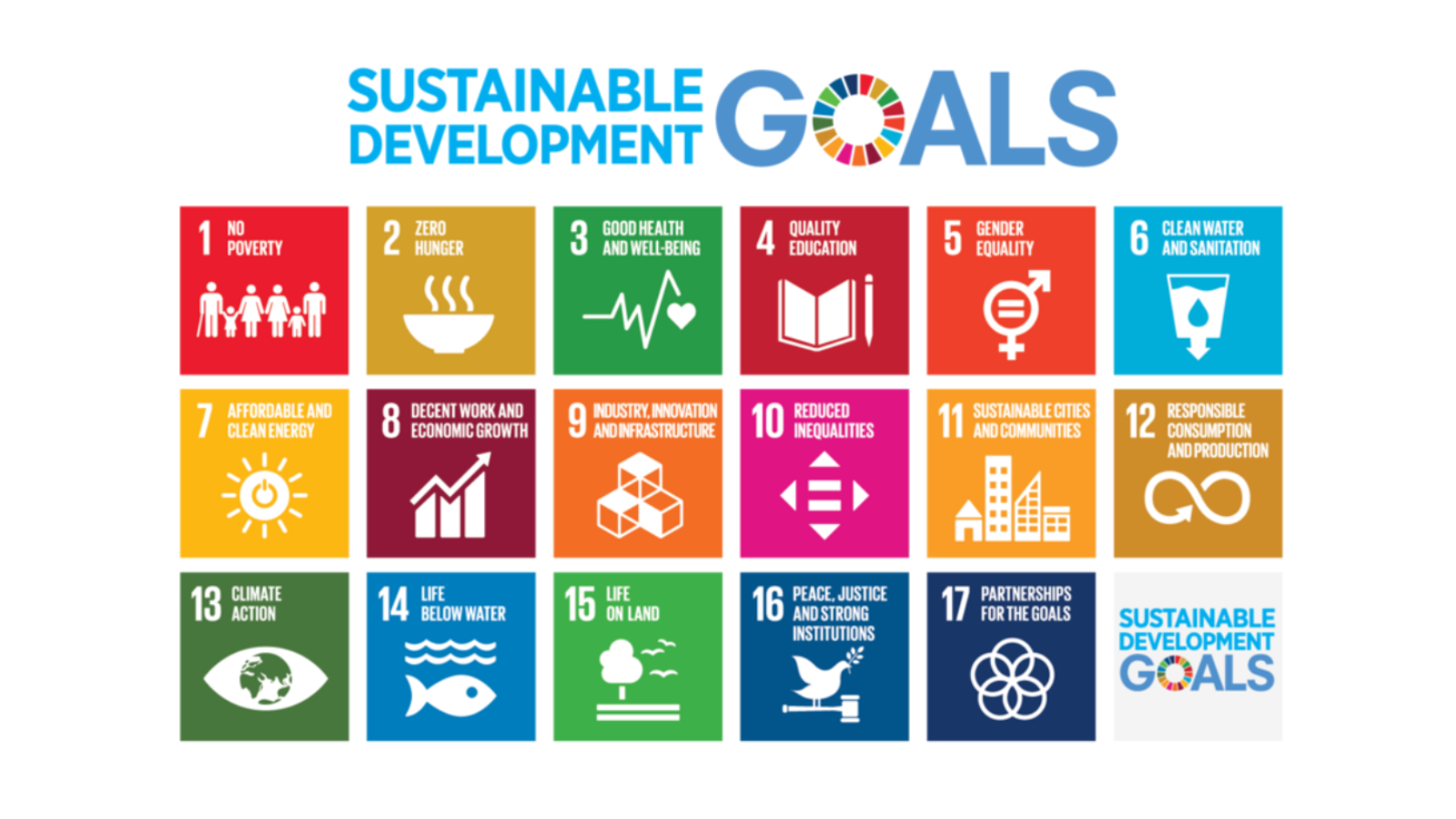Here’s How To Streamline All 3 Phases Of The Grant Cycle
When it comes to philanthropy, funders have almost as much administrative work as the actual grantmaking itself.
And while you can’t remove any aspects of the planning, implementation and management process, you can certainly streamline each step and simplify things as much as possible.
Along with best practices for grantmakers, we’ve put together four ways to streamline each stage of the grants management process so you and your team can save more time and put your resources towards the more pressing parts of the job.
Before we dive in, let’s recap the three main phases of any grants management process:
- Pre-Award Phase – The very start of the grant process, usually when the funder announces the funding opportunity
- Award Phase – The grant is awarded to the winning applicant(s) and the grant becomes legally binding
- Post-Award Phase – The longest phase of the three, this is otherwise known as the implementation phase, and can include reporting, audits, closeout processes and more
How to streamline each phase of the grant management process
Phase 1: Pre-Award Phase
The very first phase of the grant cycle is usually where grantmakers have the potential to waste the largest amount of time.
Considering the Pre-Award phase typically only lasts one to four months, that might come as a surprise. But this initial stage includes everything from the first planning and announcing the award all the way to receiving and reviewing submissions.
Each of those steps is incredibly time-consuming if funding organisations don’t have effective management systems in place to take every task smoothly over the finish line.
For example, a grant that allows paper submissions from grantees means they also allow for typing errors, handwriting that’s difficult to read, applications that get lost in the post, and then sifting through hundreds or thousands of paper forms, let alone finding places to store those files.
When you add it up, that’s a lot of time spent, and a ton of room for mistakes.
Instead, grantmakers can save heaps of time by using a single software that creates and accepts digital submissions.
Applicants upload their form onto your platform, where they can build on their submission, upload supporting documents and view the status of their application whenever they want.
A powerful grants management system can accept, track and review grants applications in one high-powered platform that’s easy to access.
For applicants, a smart and modern digital form process inspires confidence and trust, while administrators and reviewers save significant time when accessing and reviewing submissions.
Phase 2: Award Phase
The award phase of the grant life cycle usually lasts one month, but that doesn’t make it any less important than phase 1.
During this phase, funders announce the winners and work closely with the grantees to ensure everything is on track, to finalise details and to award the fund.
One significant way grantmakers tend to lose time during this stage? Gaps during phase 2 often leave room for funders to double back on missing information or documents (or any other identifying information).
During the initial phase of the grant process, consider every single piece of information you require from submitters. Build your application forms to require mandatory information before allowing grantees to move on to the next part of the application so that nothing gets missed.
It’s also a good idea to create time-sensitive stages of the application, where candidate receive periodic reminders to complete missing information.
As well as setting time-sensitive triggers, it’s crucial that funders set their own strict timelines for receiving certain information from applicants and distributing the grant itself.
A high-powered grants management system helps teams to stay on track with deadlines while making sure unnecessary communication is kept to a minimum.
Phase 3: Post-Award
There’s a significant amount of work that goes into the post-award management phase, which makes it the longest phase in the cycle.
Over the duration of the award, funders must now implement the grant, complete the closeout requirements and create detailed progress reports. Grantmakers will typically work with the winning applicant throughout the entire life of the grant, conducting site visits, reviewing reports and generally providing guidance.
It’s important for funders to have a highly effective process in place for dealing with the inevitable changes in priorities and capabilities within the organisation.
Post-award management is a multi-layered phase and without implementing a streamlined workflow, funders risk data loss and time wasted on individual communication.
Grantmakers can use an integrated grants management system to keep all communications within the same platform. Using a high-powered grants management software like Submit, funders can make the most of the easy-to-use interface and integration with automation that’s painfully easy to set up, all while maintaining the integrity and security of your organisation.
Organise your team’s workflow, assign tasks and use the advanced reporting tools to capture the most valuable parts of the grant.
Empower review teams using Submit
The grant cycle is a lengthy and complicated process. Make it easier for your teams by giving them the right tools and resources so they can spend more time on what matters.
Grant management needs a smart approach, and getting started with an all-in-one management platform equips you with all the advanced processes you need to do your best work. From the planning of the pre-award phase all the way to the years beyond the grant, you can empower your teams to do their best work, while maximising your grant’s impact where it’s needed the most.











